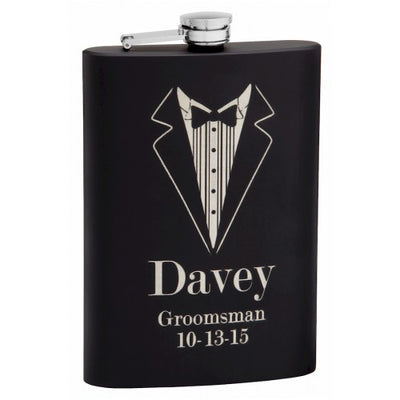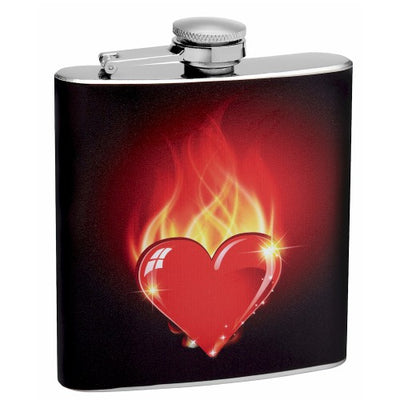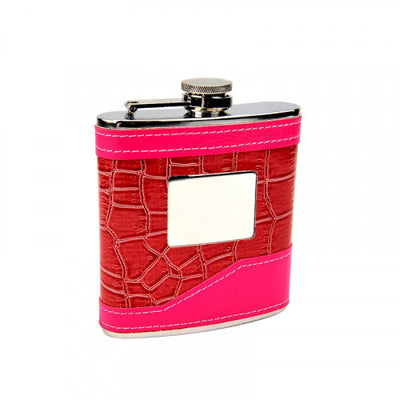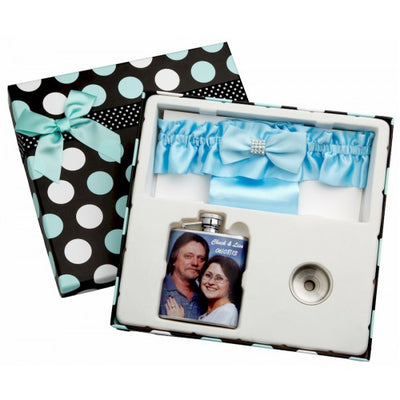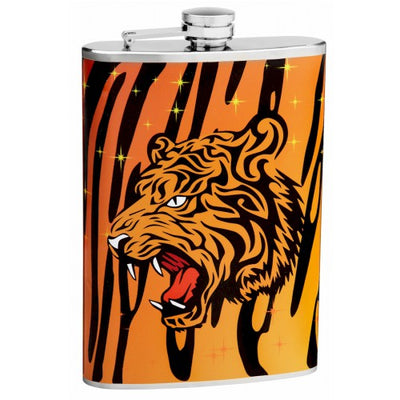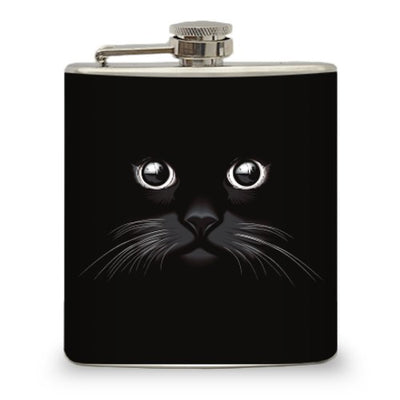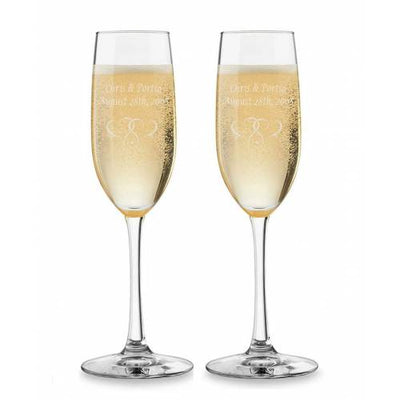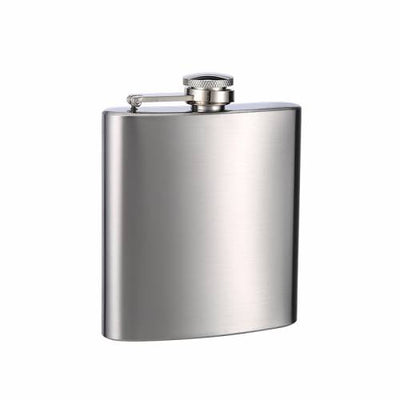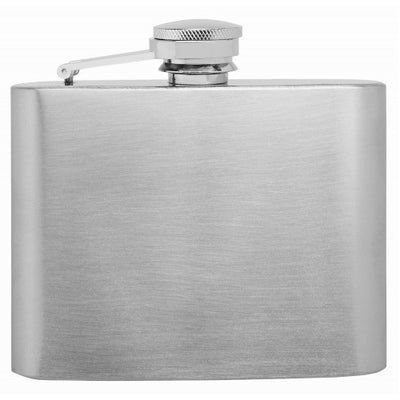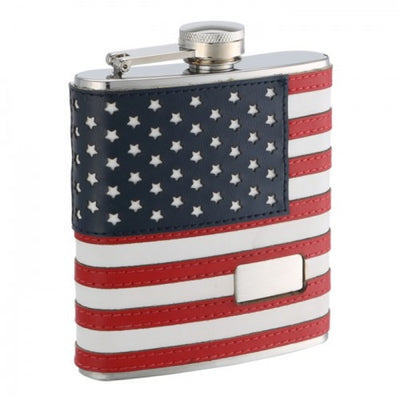Although Bourbon is a type of whiskey, as is Scotch, there are some major differences that need to be stressed.
[caption id="attachment_355" align="alignright" width="500"]
 Photo Credit: Keith Garner[/caption]
Photo Credit: Keith Garner[/caption]Bourbon gets its name from Bourbon County in Kentucky where it first originated. Bourbon tends to be amber-colored, and a little sweeter and heavier in texture than some other whiskeys. According to a strict set of laws, in order for a whiskey to earn the label of being called "bourbon" it must abide by the following guidelines:
- It must be made in the U.S.A.
- It must be made made from at least 51% and no more than 79% corn.
- There are no aging requirements for bourbon.
- If Bourbon is aged for a minimum of two years, and it does not have added coloring, flavoring, or other spirits, it may be called straight bourbon.
- The barrels for aging bourbon can be made of any kind of new oak, charred on the inside. These days, most distillers use American White Oak because it's porous enough to help the bourbon age well.
- It must be distilled at no more than 160 proof (80% alcohol by volume).
- Nothing can be added at bottling to enhance flavor or sweetness or alter color.
- The only other grains used to make bourbon are malted barley and either rye or wheat.
[caption id="attachment_354" align="alignright" width="500"]
 Photo Credit: Hamish Rickerby[/caption]
Photo Credit: Hamish Rickerby[/caption]Scotch whiskey, on the other hand, often simply called "Scotch," is malt whiskey or grain whiskey made in Scotland, where it originated. All Scotch whiskey was originally made from malt barley. Commercial distilleries began introducing whiskey made from wheat and rye in the late eighteenth century. Unlike Bourbon, all Scotch whiskey must be aged in oak barrels for at least three years!
There are two basic types of Scotch whiskey, from which all blends are made:
- Single malt Scotch whiskey, which means a Scotch whiskey that was produced from only water and malted barley at a single distillery by batch distillation in pot stills.
- Single grain Scotch whiskey, which means that it is a Scotch whiskey distilled at a single distillery but, in addition to water and malted barley, the whiskey may involve whole grains of other malted or unmalted cereals.
Here are the three types of blends for Scotch whiskey:
- Blended Malt Scotch whiskey; a blend of two or more single malt Scotch whiskeys from different distilleries.
- Blended Grain Scotch whiskey; a blend of two or more single grain Scotch whiskeys from different distilleries.
- Blended Scotch whiskey; a blend of one or more single malt Scotch whiskeys with one or more single grain Scotch whiskeys.
Furthermore, Scotch Whiskey can age in used barrels. But bourbon must use NEW charred American white oak barrels, by law. Scotch whiskey often recycles barrels initially used for distilling bourbon. Probably to try to steal some of the bourbon's flavor! Additionally, Bourbon is an “all-American” liquor. In 1964, under President Lyndon Johnson's administration, Congress declared bourbon to be “America's Native Spirit.” Seems like LBJ loved his bourbon!
Whether you enjoy a stiff bourbon or a smooth, mature scotch, make sure you know what your're drinking and be sure to educate others as well. After all, sharing is caring :).


